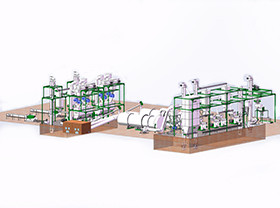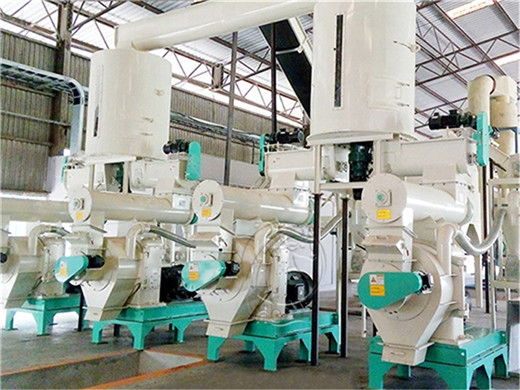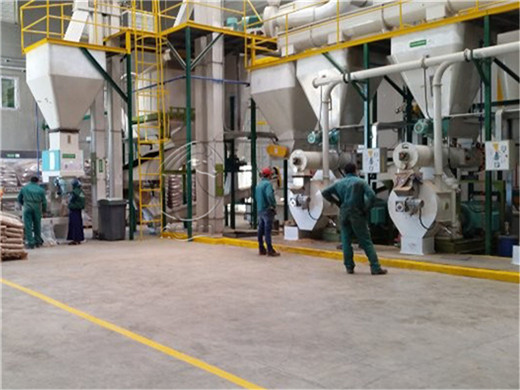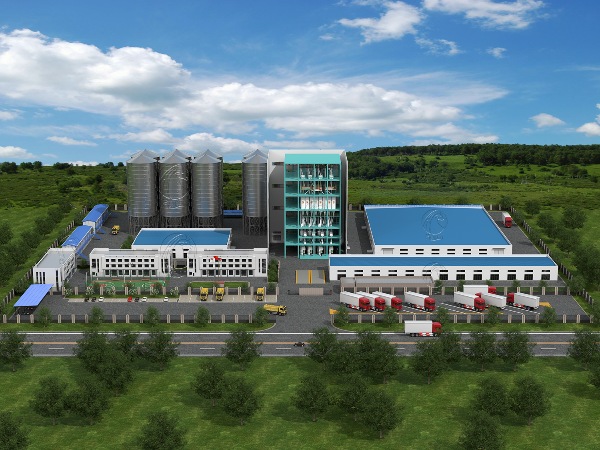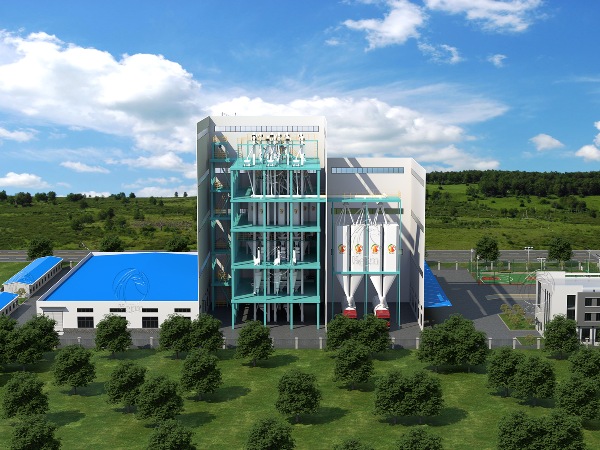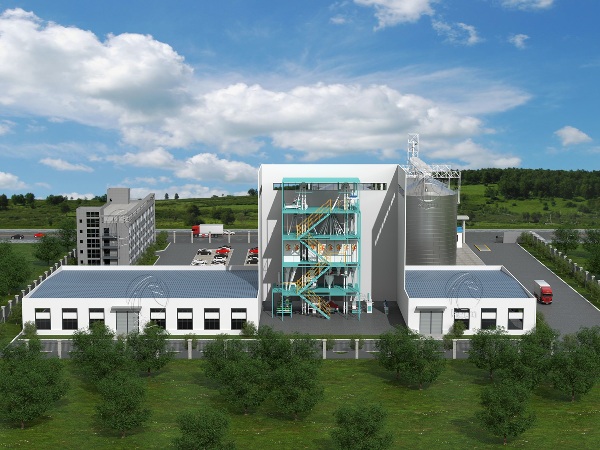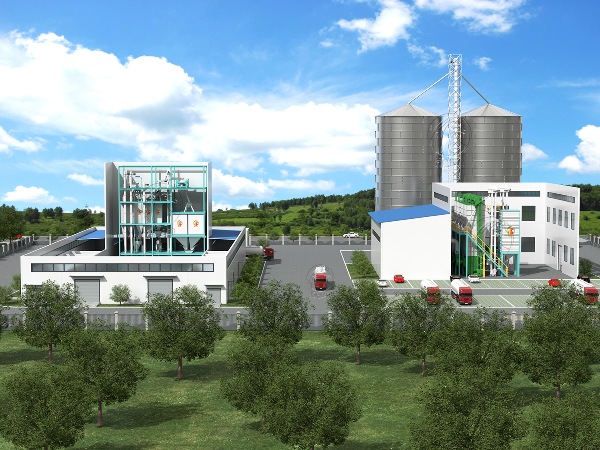6-7.5T/H Biomass Wood Pellet Production Line Introduction
Herm machinery large-scale high-efficiency 6-7.5tons/hour biomass wood pellet production line is specially designed for all manufacturers based on the principle of biomass recycling, such as biomass fuel manufacturers, wood board factories, organic fertilizer factories, feed factories, carton factories, etc. 6 -Main process flow of 7.5t/h biomass wood pellet production line: raw material crushing, drying, pelletizing, cooling, screening, packaging. The main equipment of the complete 6-7.5 t/h biomass wood pellet machine equipment includes a wood chipper, wood hammer pulverizer, drum rotary dryer, wood pellet machine, countercurrent cooler, vibrating screen classifier, automatic bagging system, electric control cabinet, etc.
Make a Quick Inquiry Now !
Raw Materials Of Biomass Wood Pellet Production Line
1. Animal manure: a mixture of poultry manure and animal manure, such as slaughterhouse manure, fish market manure, urine, and manure from cattle, pigs, sheep, chickens, ducks, geese, goats, etc.
2. Household waste: kitchen waste, vegetable roots, stems and leaves, etc.
3. Plants: grass, hay, alfalfa, alfalfa, elephant grass, miscanthus, hemp, hops, etc.
4. Agricultural waste: cotton stalks, cotton husks, corn stalks, soybean stalks, wheat stalks, sunflower holders, sunflower husks, rice husks, bagasse, olive pomace, peanut shells, peanut seedlings, rice bran, etc.
5. Sludge: Sludge that can be granulated mainly comes from wastewater from paper mills, slaughterhouses, livestock, rubber, landfill leachate, dairy products, breweries, and textiles.
6. Industrial waste: distiller's grains, vinegar residue, cassava residue, sugar residue, silica fume, furfural residue, etc.
7. Forestry waste: wood, logs, wood chips, branches, leaves, roots, bark, wood chips, bamboo, bamboo chips, wood chips, ground materials, and other forest waste and waste wood.
Make a Quick Inquiry Now !
How To Make Biomass Wood Pellet?
- Chipping: Use a chipper to chop straw, branch materials, and large pieces that cannot be directly crushed into small pieces.
- Pulverization: the agricultural and forestry wastes are pulverized by a pulverizer to make the particle size less than 5mm. The pulverizer is only equipped with an inlet and an outlet. Close the feed port after feeding to reduce dust escape. The outlet is connected to the cyclone separator. The cyclone separator uses the principle of centrifugal force to separate the scraps. The scraps are deposited in the dust collector, and the gas is discharged through the material port. The gas is discharged from the cyclone separator and then processed by the bag filter. All collected dust is recycled to the production line.
- Drying: Part of the raw materials accounts for 30% of the total, and the moisture content is 55% (the data provided by the owner is between 50% and 60%, 55% is taken in this EIA), which does not meet the granulation requirements. These raw materials with excessive moisture content need to be dried to make the moisture content meet the granulation requirements (moisture content is less than 13%), and the moisture content of the dried raw materials is about 10%. The dryer of this project is equipped with a biomass wood burner, and the fuel is the biomass wood pellets produced by this project.
- Conveying and feeding: raw materials are sucked into the feeding port of the granulator through the feeding screw.
-Granulation: The raw materials are fed into the granulator through the feeding auger, and then extruded to make finished products. The extrusion process is a physical process, without any adhesive, no chemical reaction occurs, except that the feed screw connection device is sealed at the discharge port and the outside. This process mainly produces noise and high-temperature dusty waste gas;
-Elevating, transporting, and cooling: the granulated biomass wood pellets are transported and cooled naturally so that their temperature reaches the packaging and storage conditions, and finally transported to the finished product warehouse. This process creates dust and noise.
-Packing: The compressed hot particles pass through the screening at the end of the conveyor belt, and the qualified biomass particles fall into the finished product warehouse. The bottom of the finished product bin is a funnel-shaped outlet. The finished product can be thrown directly into the bag. After the machine is packed, it can be stacked for sale. The shaped biomass sawdust particles have been compacted and dense, and there is basically no dust during the bagging process. Unqualified products are discharged collected and returned to the granulation process.
Biomass Pellets Application
- Building heating: Biomass pellets can be used in pellet stoves or furnaces to heat rooms in schools, hospitals, markets, companies, etc. Biomass pellets can also be used for cooking.
- Animal Bedding: Biopellets made of coniferous wood a high-grade animal bedding for the experience of raising animals.
- Power plants: Biomass pellets can be used in power plants to solve the problem of insufficient power supply.
- Industrial boilers: Bioparticles can partially (or fully) replace coal or fossil fuels for co-firing heating in large-scale industrial operations to reduce energy costs.



